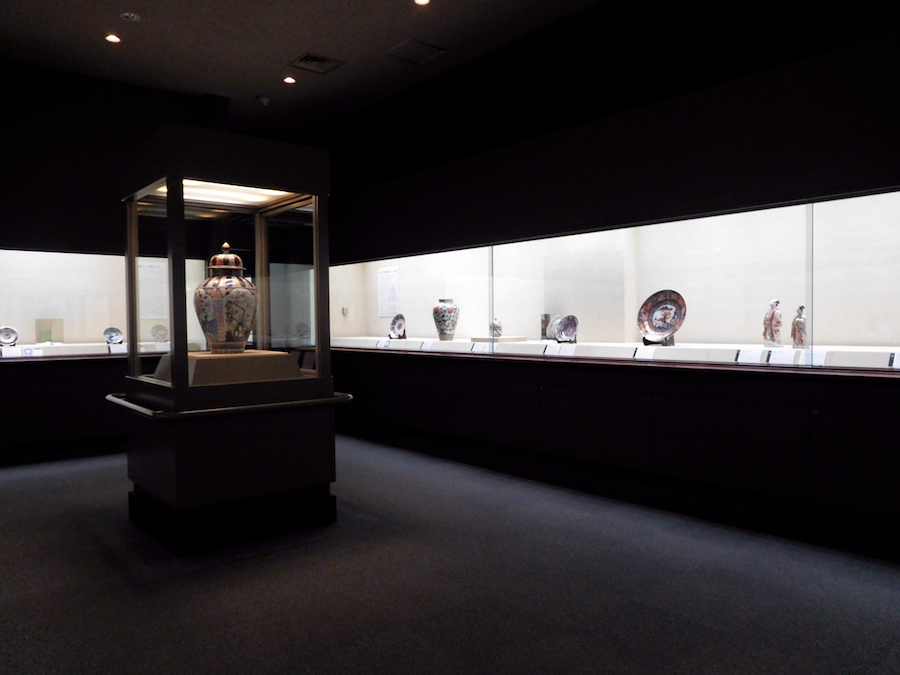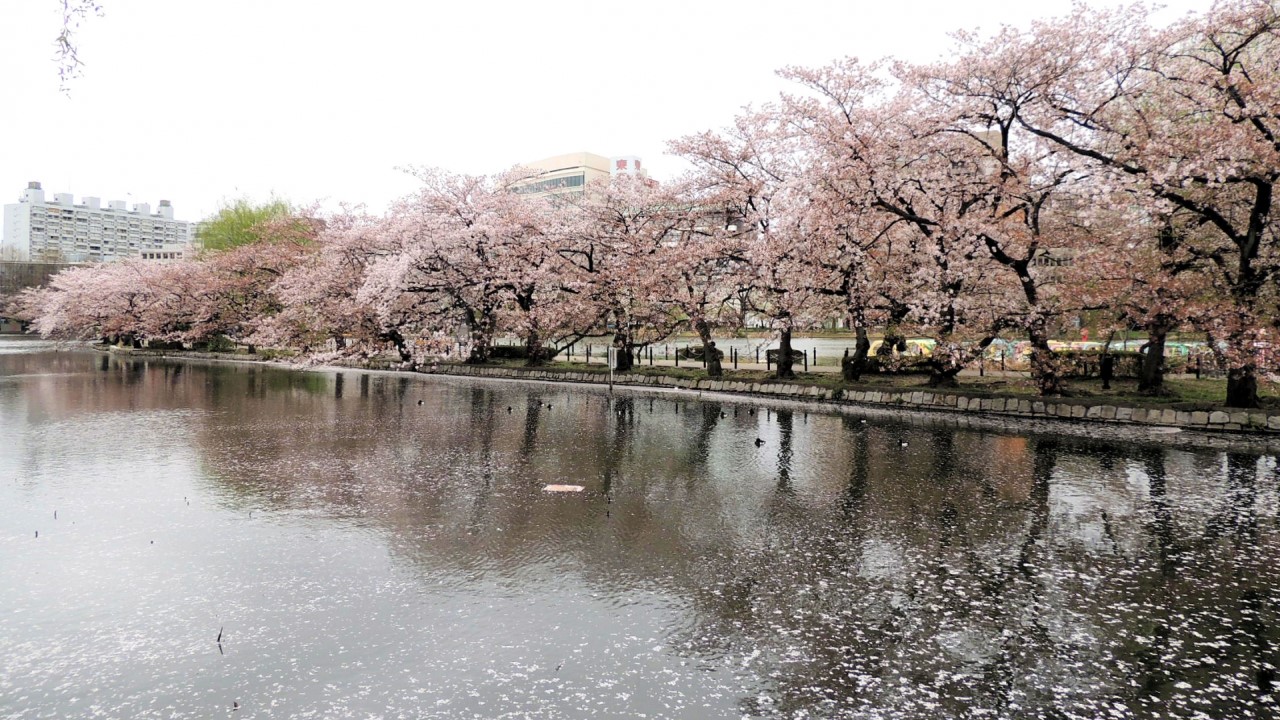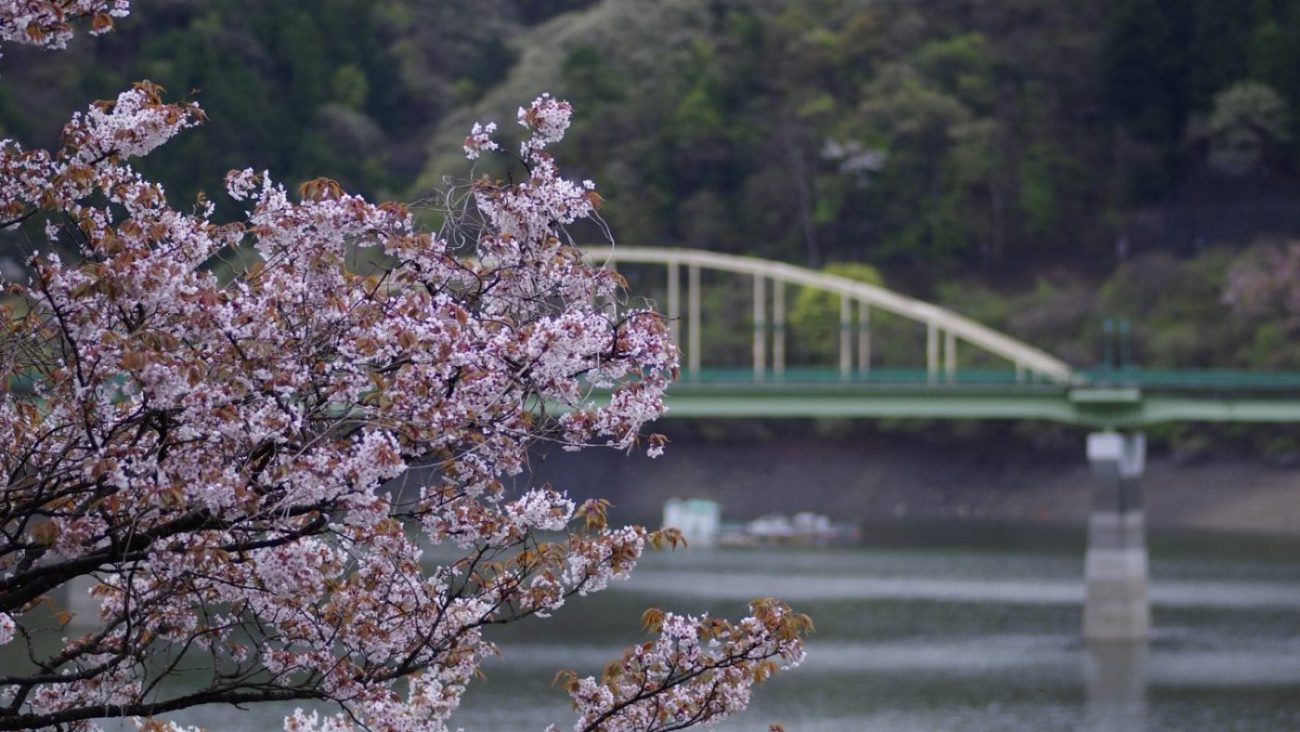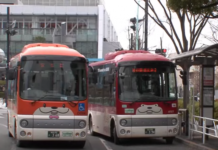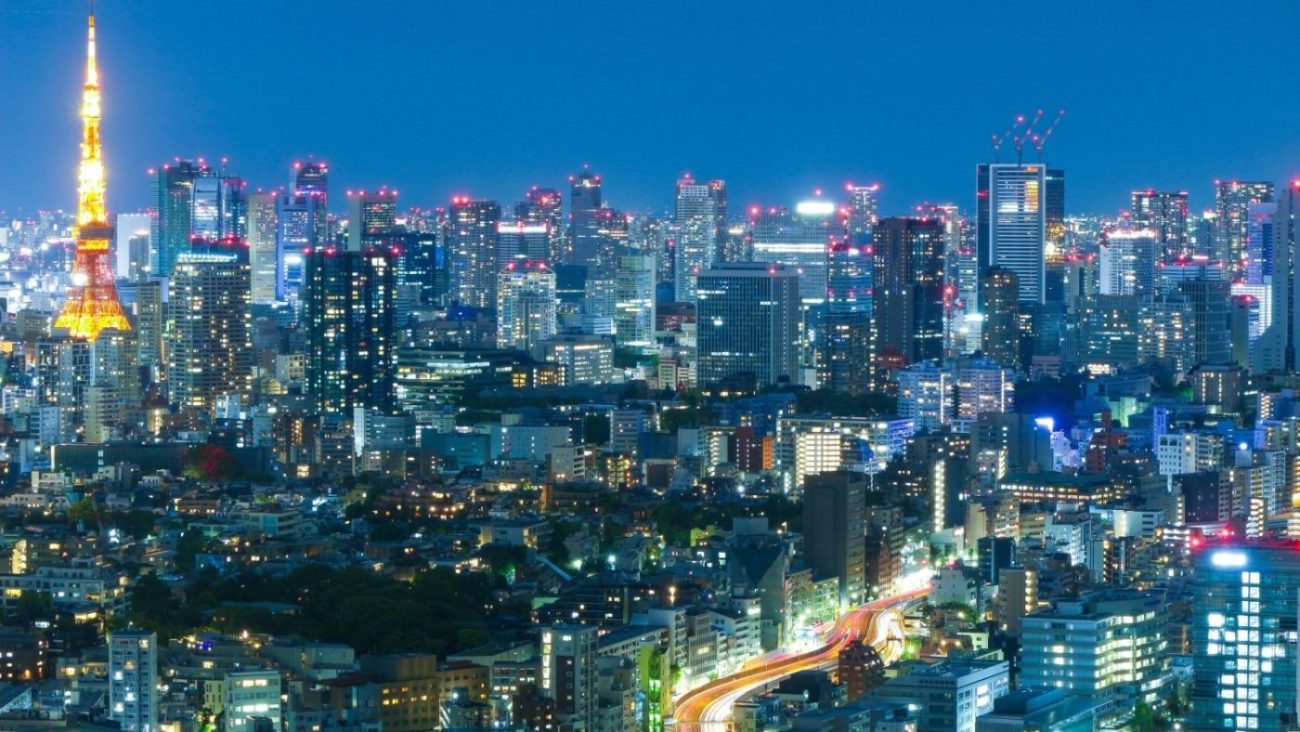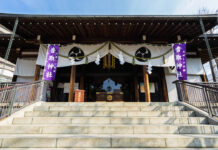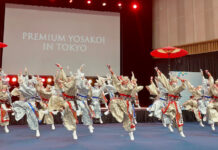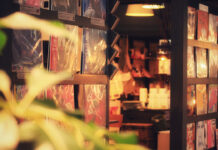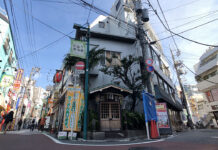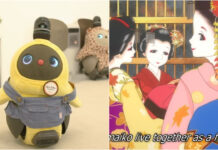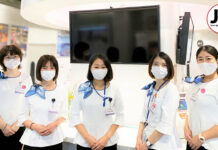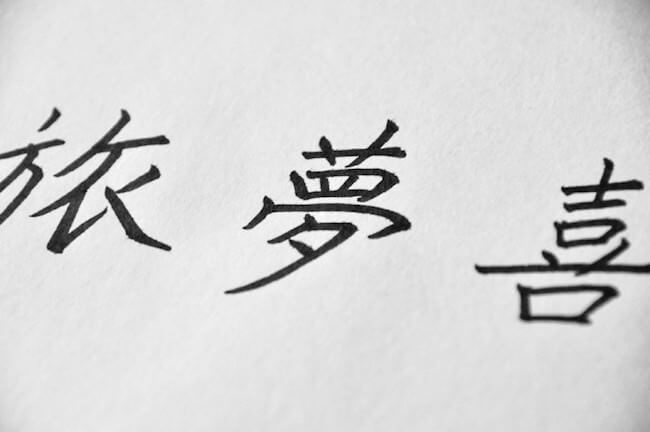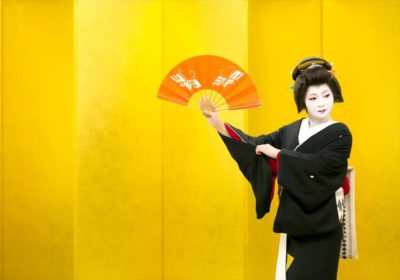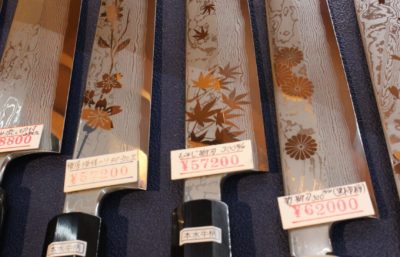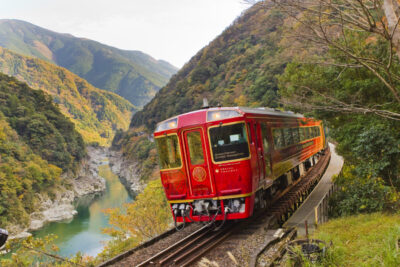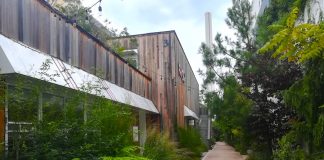In the western part of Shibuya lies the quiet little district of Shoto where you’ll find a variety of upscale houses, theaters, museums, and a lovely park with a pond in the middle. It may not exactly be bursting with excitement, but those who call Shoto home have come to appreciate the area’s historic charm and dignified sophistication, which go all the way back to the mid-19th century.
The history of Shoto district
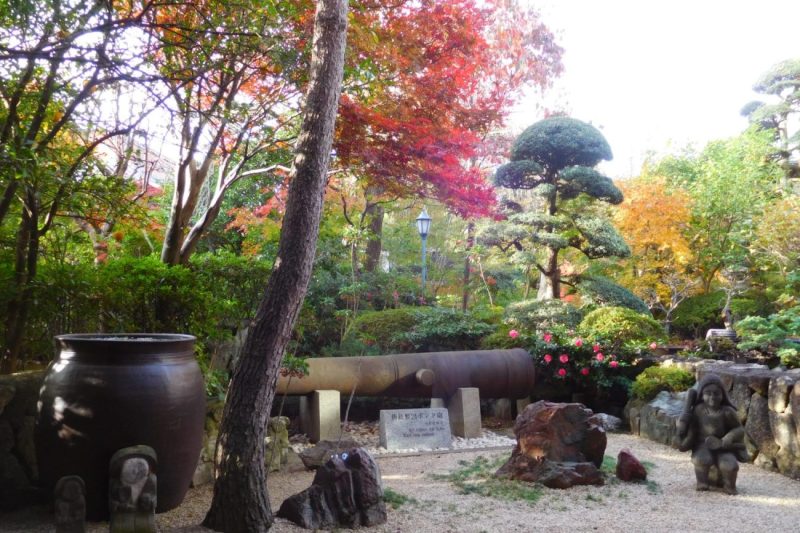
In the western part of Shibuya lies the quiet little district of Shoto where you’ll find a variety of upscale houses, theaters, museums, and a lovely park with a pond in the middle. It may not exactly be bursting with excitement, but those who call Shoto home have come to appreciate the area’s historic charm and dignified sophistication, which go all the way back to the mid-19th century.
The lands that make up Shoto today were originally part of a domain belonging to the Kishu-Tokugawa clan, which they later relinquished to the Nabeshima of Saga in 1876. This happened shortly after the Meiji Restoration which, among other things, abolished the warrior class, and with it, the stipend system that samurai came to rely on. To help his retainers survive, the 11th head of the Nabeshima clan, Naohiro, imported Sayama green tea plants to modern-day Shoto and turned the area into sprawling tea fields, which down-on-their-luck samurai could work.
Naohiro Nabeshima then gave his tea fields the name Shoto Garden, which was made up of two Kanji characters: Pine and Wave. The idea was to convey the image of wind rustling through pine trees and creating a sound akin to the gentle crashing of waves. Another explanation for the name is that it was meant to evoke the sounds of boiling tea water.
This lyrical name and the high quality of the Shoto tea eventually helped it become one of the most sought-after luxury items in Tokyo. But with the development of the Tokaido trainline, the capital started getting regular deliveries of the much more affordable Shizuoka tea. With time, the Shoto tea fields had to be scaled down and, finally, abandoned altogether in the early 20th century when the land was donated to the city of Tokyo.
Shoto saw a huge transformation after the 1923 Great Kanto earthquake which laid waste to huge parts of Eastern Japan, resulting in widespread devastation and nearly 150,000 deaths. However, Shoto emerged from it largely unscathed and used that opportunity to reinvent itself as the upscale residential neighborhood that it is today. Among its many residents was Hidesaburo Ueno, whom you might remember because of the dog statue Hachiko. Hachiko was Ueno’s dog that came to greet him at the train station whenever he finished work, and continued to do so for nine years after his master’s death. But that part of history belongs to Shibuya. What does Shoto have? Well, the Nabeshima Shoto Park, for one.
Parts of the tea fields that used to surround the Shoto pond were eventually transformed into a picturesque park that, today, is favored by children and adults alike. The former like it for the open spaces and play equipment, while the latter enjoy the park’s peace and quiet, except during cherry blossom season when the area can become quite busy.
The pond itself is actually worth talking about more as it’s one of the few natural springs in all of Shibuya that’s also home to many native species of turtles and fish. It’s also brimming with history, with the area around it still showing signs of past terraced tea plant cultivation. That, together with the pond’s old-timey waterwheel, gives the area a very quaint and historic feeling. You definitely wouldn’t be able to tell that this park used to be a haven for refugees during the bombings of Tokyo carried out by the US Air Force in March 1945.
But that’s all in the past, and Shoto’s present is much more pleasant, with a focus on culture and art in the form of the Shoto Museum of Art, the Bunkamura concert hall/theater/museum, and the Toguri Museum of Art.
Toguri Museum of Art specializes in porcelain art
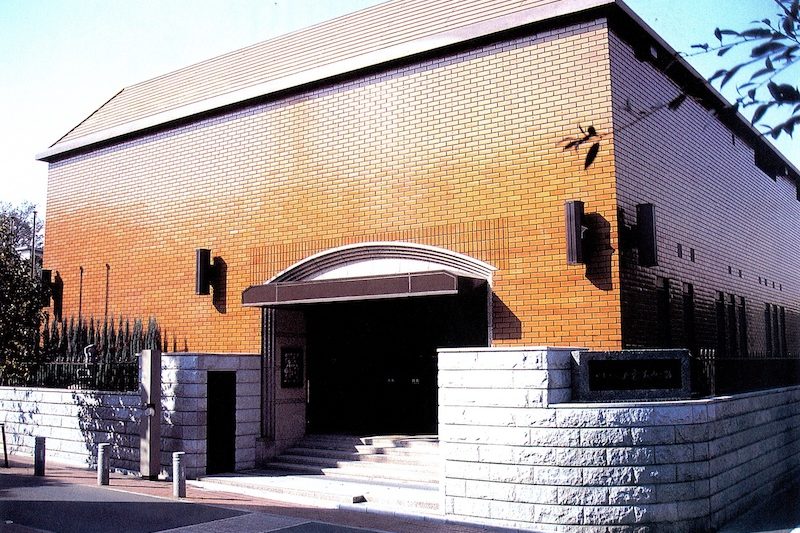
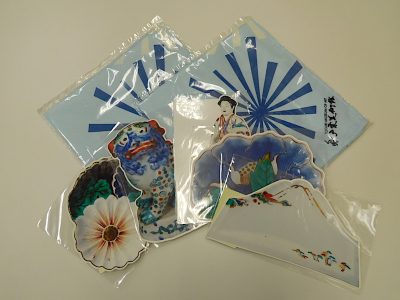
A 15-minute walk from Shibuya Station, the Toguri Museum of Art specializes in porcelain art curated from the personal collection of its founder, Tohru Toguri. Among their 7,000 pieces you will find an impressive assortment of Japanese, Chinese, and Korean porcelain, all accompanied by an English explanation, allowing everyone to enjoy the museum.
The Japanese exhibits are composed of the so called Imari or Nabeshima porcelain, which dates back to the Edo period (17th to 19th century). The Chinese porcelain goes back a bit further, however. The oldest Chinese exhibits in Toguri are from the Majiayao culture (3100–2700 BC) of the Chinese Neolithic period. Interestingly, the Korean porcelain are also found in the museum’s collection. Legend goes that some of the first Japanese porcelain were actually produced by a Korean artist named Yi Sam-pyeong, who was brought over to Japan in the 16th century by Nabeshima Naoshige, from the same Nabeshima clan that later took control of Shoto. Today, the museum’s Korean porcelain includes pieces that go as far back as the Koryo dynasty (918-1392). All in all, Shoto is rich enough in history and art to satisfy any visitor to the district.


Toguri Museum
Opening Hours: 10:00-17:00 Tue-Sun, holidays10:00–20:00, Fridays Closed between exhibits Operates irregular/seasonal opening hours
Last admission: 30 mins before closing
Price: Adults JPY 1,000, Children JPY 400
 0
0

